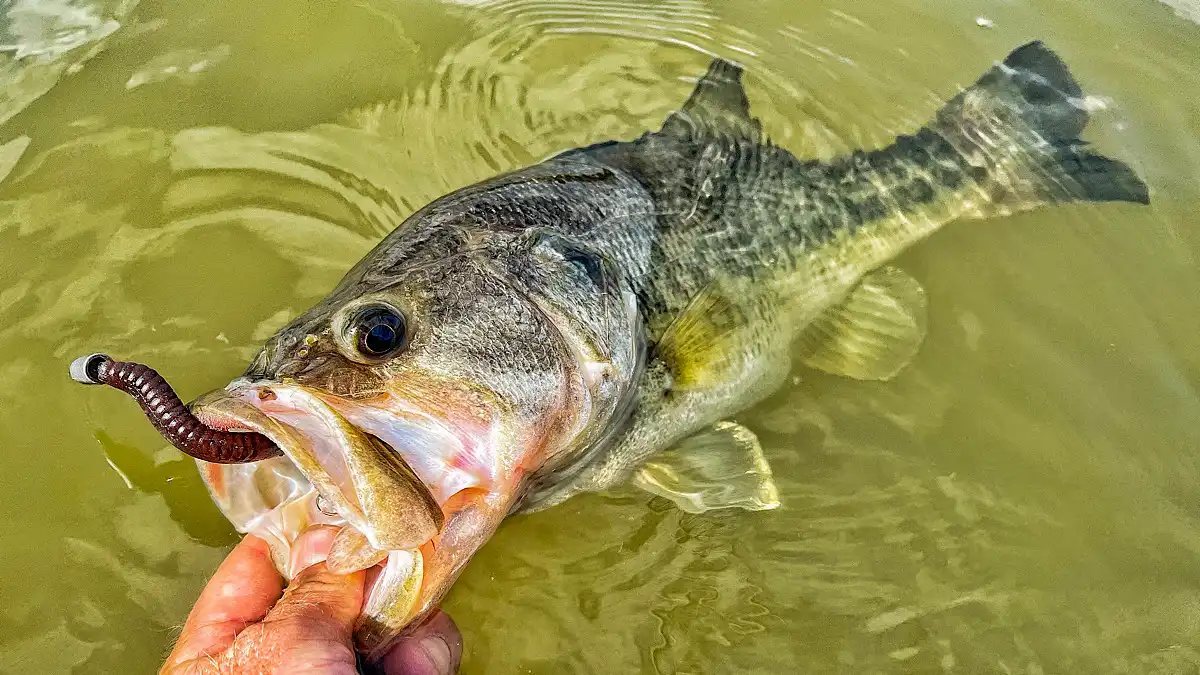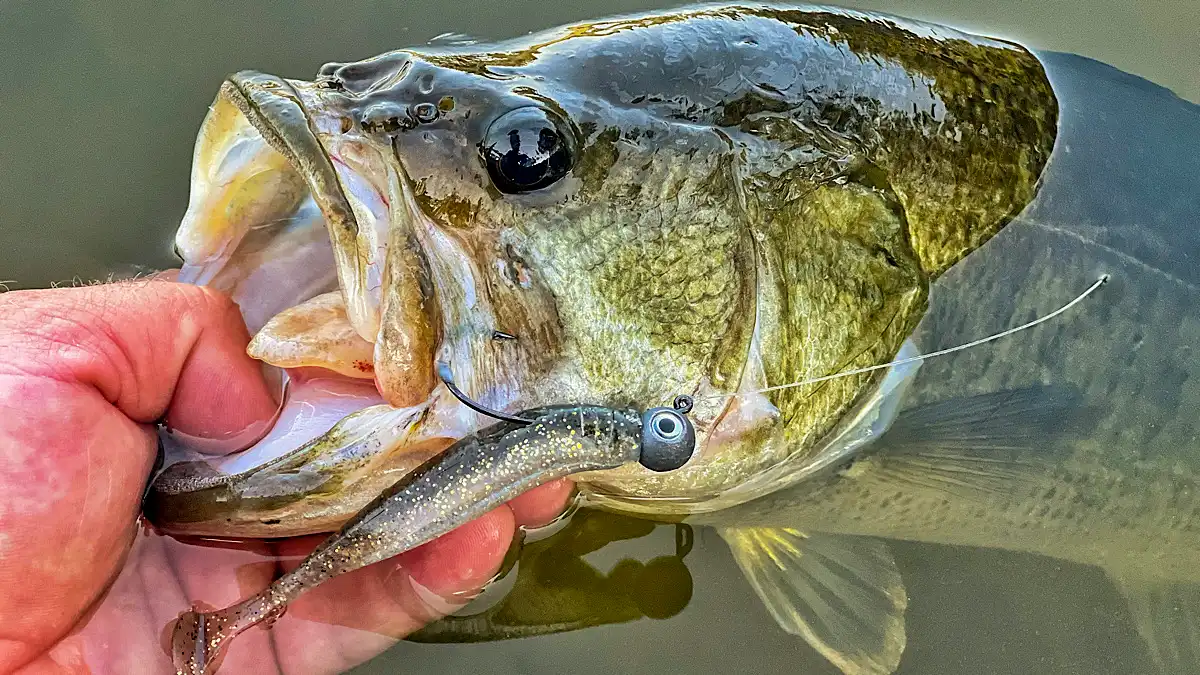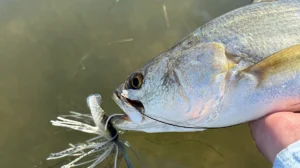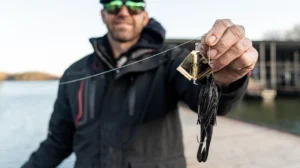Back in the old days, when rods were made of fiberglass and lines of monofilament, it took quite a bit of work to detect a bite. Topwaters made it easy with visual indicators. Bass basically hooked themselves with CrankBaits, as they still often do. However, when it came to a lot of subsurface baits, like a Texas rig worm, if you didn’t have that trigger finger of your offhand tucked beneath the line coming out of the reel, you’d miss a bite almost every time.
Back then, anglers had to rely heavily on another way of detecting bites by watching their line closely. If an angler paid close attention to the section of his fishing line from the rod tip down to where it entered the water, there were one of two tell-tale signs that he had a bite: either a quick jump in the line or one would start “swimming off with it.”
Though most rods and lines are sensitive enough now to rule out the need for some line watching tricks, they can still increase your bite detection and hookup ratio in a few key areas.
LINE JUMP
When casting baits that you need to let free fall down to the bottom, you don’t typically want to just drop your rod and truly let the bait fall free. Instead, if you maintain a semi-slack line, you can detect bites that come on the fall that you would miss if your line went completely slack.
There’s a bit of an art to this, as too much tension will actually cause the bait to pendulum back towards the boat as opposed to falling straight down. And that’s okay too if you want your bait to kind of swim back somewhat horizontally through a school of suspended fish, like with a small swimbait or underspin.
But if you truly want the bait to fall vertically, while still being able to detect a bite, you’ll need the bait to fall on a semi-slack line. Basically, make your cast and then hold your rod tip up in front of you, a little higher than eye level. Now your line should droop from the rod tip down to the water in a smooth curve.
To allow the bait to fall straight and keep it from penduluming back, you’ll want to drop your rod tip slowly as the bait sinks. Keeping your line semi-slack like this as the bait falls will allow you to see your line jump if a fish hits it on the way down. This works really well when casting and pitching all sorts of finesse techniques, as well as with swimbaits on jigheads, jigs, Texas rigged worms, hair jigs and other baits.
Depending on how far you cast and how far the bait needs to fall, you may need to open the bail of your spinning reel to let some line slowly slip off the reel. Or disengage your baitcaster and peel a little line off so the bait can fall vertically, while still keeping your line semi-taught.
Watching for your line to jump is especially key for detecting bites when skipping a wacky rig around. These baits are meant to truly free fall under docks and around cover, on completely slack line. Anglers use bright chartreuse and pink braided lines to help them detect bites when skipping a worm like this, since it’s much easier to see the bright braided line jump than a dark green or black braided mainline.
You can also leave an inch of tagline past your knot when tying your leader line onto your mainline, which acts almost like a cork, making it that much easier to see the line jump when a fish sucks the worm in on the fall.
SWIMMING OFF WITH YOUR LURE
Watching for your line to start swimming off is another key way the old heads used to detect bites. It works similarly to how you watch for your line to jump, but the focus here is typically only on the spot where the line goes into the water. A good thump from a bass on a jig falling to the bottom can reverberate all the way up the line to the rod tip. But a bass “swimming off with it” is often a more subtle deal.
When your line jumps on a bite, the bass has typically hit the bait really hard moving left, right or away from you. But when a bass hits it coming to you, you often don’t feel a thing. In fact, if you’re not paying close attention, it will appear as though your bait is still falling.
This is a really hazardous way for a fish to bite, because the reaction time of the angler is often delayed and the bass has more time to swallow the bait and get hooked deep. But, by watching where your line enters the water closely, you can tell if it starts moving to the left or right, or even back towards you too quickly. All of these are indications that a bass has hit the bait on the fall. Your next move is to engage the reel (if you haven’t already), reel down carefully until you feel the fish swimming with it, and then swing hard to see if there truly is a bass on the other end.
You’ll notice that watching for your line to swim off, as well as watching for it to jump, takes a level of focus that’s sometimes hard for us to maintain these days. With all the distractions of marine electronics, boats buzzing by and the pesky old cell phone, it’s hard to pay attention.
But both of these methods will help detect bites early, which means less fish blowing your bait back out before you even know he’s there, thus more catches. And a higher live release rate as fish don’t have the chance to swallow a bait too far before the bite is detected.
If you’re tired of missing fish because they feel you before you feel them, or have had the misfortune of gut hooking a few, don’t blame it on your equipment. There are some bites that the best rods, reels and line just can’t detect. It’ll take a keen eye and an attentive mind, but you can get more bites to the boat if you just know when watch your line.



















